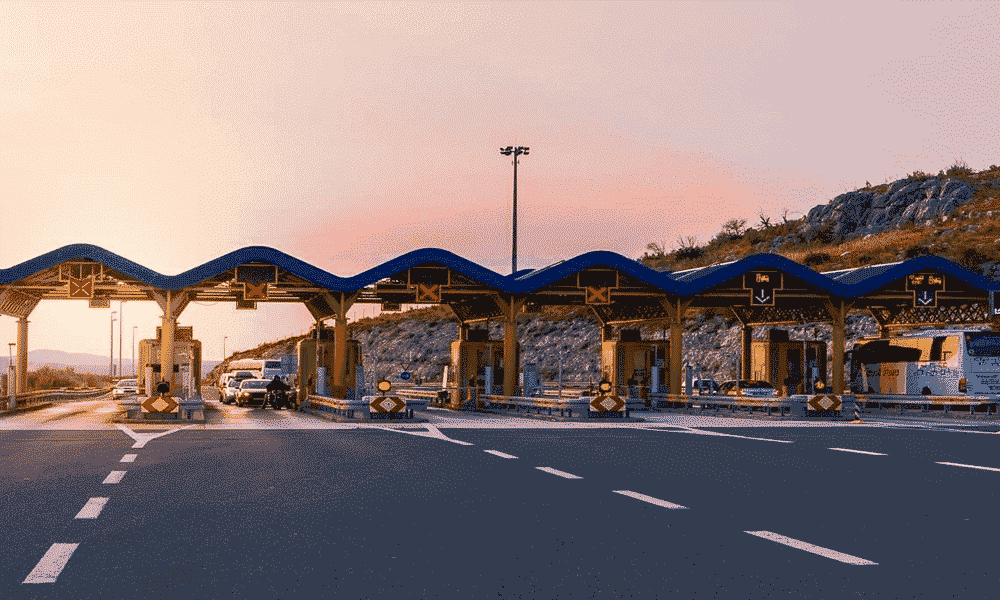Spirit healthcare - Working in partnership to develop a connectivity service that provides...
Read MoreRevolutionising Fleet Management with Vehicle SIM Cards from Caburn Telecom
In today’s connected world, businesses are constantly seeking out innovative ways to streamline operations, increase efficiency, and gain a competitive edge. For companies that rely on vehicle fleets to drive their businesses, Caburn Telecom’s vehicle SIM cards offer a game-changing solution that can significantly enhance fleet management.
Vehicle SIM cards, or Subscriber Identity Module cards, are chips or embedded software that, when installed in a vehicle’s telematics system, enable seamless connectivity and data exchange. Our vehicle SIM cards serve as the backbone for advanced fleet management systems, enabling the vital connectivity for real-time vehicle tracking, efficient route planning, and detailed performance analytics.







